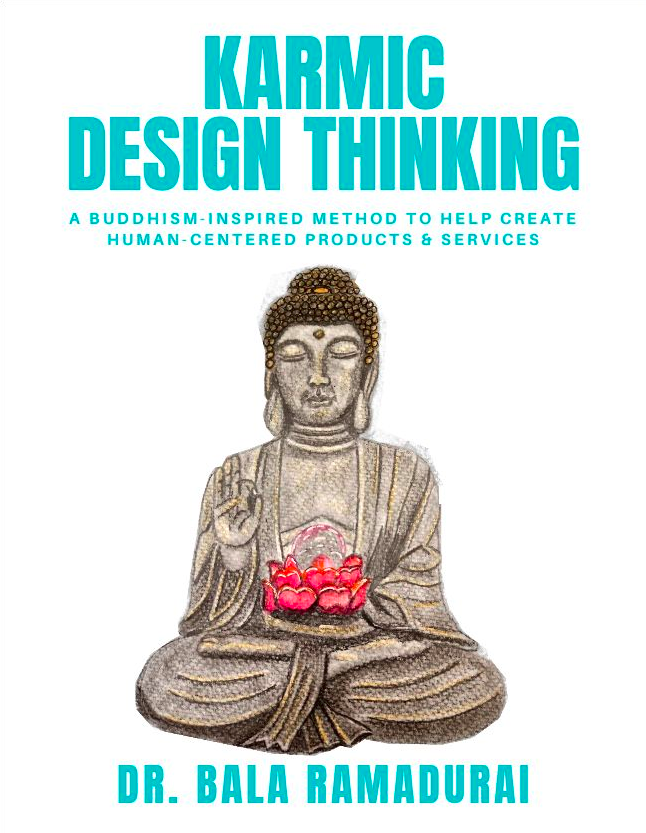2024-10-02
In a recent Trends of Innovation talk with the folks from Universidad Panamericana, Mexico City, held on September 27th at 7 p.m. Mexico time, I explored the application of Altshuler’s technical laws of evolution—specifically the law of increasing ideality, the law of increasing dynamism, and the transition to super systems. Here are three ideas that I came up to demonstrate the application of these laws:
Dynamic Keyboard (Law of Increasing Ideality)
The concept here is to reduce unnecessary components, making the keyboard more adaptable. By removing features like keys, stands, numpads, and even the letters themselves, we could shift to a dynamic display. Imagine an LED panel that adapts based on the language or typing requirements. With this, users would no longer need multiple physical keyboards for different languages, and the design could cater to various use cases, reducing complexity while increasing functionality.
Multi-functional AirPods (Law of Increasing Dynamism)
Taking earphones like AirPods and adding layers of functionality through attachments is another way to drive innovation. The earphones could have a holder for small items like a pen, doubling as a mobile stand when turned around. Further, a mini tripod could be added to the bottom, transforming them into a versatile device. This added dynamism increases the product’s utility, making it more than just a listening device.
Dynamic Windows (Transition to Super System)
The third idea involves windows that adjust based on the light intensity, acting similarly to a sunflower that follows the sun. These windows could open, close, or even reposition themselves based on the best lighting conditions of the day, season, or weather. This system could integrate smart lighting solutions, further enhancing energy efficiency and comfort without the need for manual adjustments.
Conclusion
These examples showcase how systematic innovation and the trends of technical evolution can lead to practical, adaptive designs that reduce complexity and increase functionality. By rethinking everyday objects, we can drive both user satisfaction and product efficiency.
AI Note
Please note that this post was formatted with the help of genAI (chatGPT) and the generated image was also from the same service.
This post already appeared here: https://www.linkedin.com/posts/balaramadurai_in-a-recent-trends-of-innovation-talk-activity-7246426776669704192-WYS6






